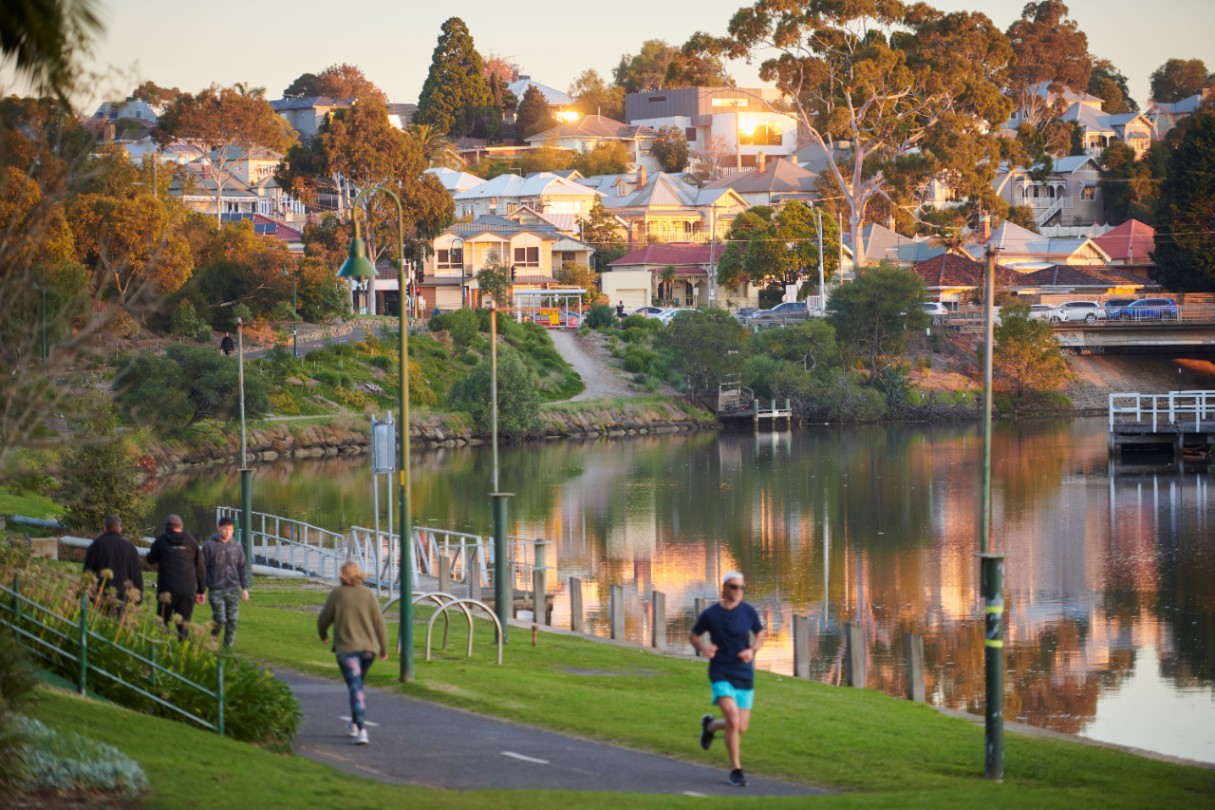Working together to deliver a secure water future for Greater Melbourne

Melbourne’s water corporations have today launched the Greater Melbourne Urban Water and System Strategy: Water for Life, a shared plan that will shore up Melbourne’s water supplies for the next 50 years.
Developed by Greater Western Water, Melbourne Water, South East Water and Yarra Valley Water, the strategy aims to balance Melbourne’s water needs by increasing efficiencies, diversifying water sources and using new water supplies.
Melbourne is consistently ranked as one of the world’s most liveable cities and water makes a significant contribution to the prosperity of people and places. However projected population growth together with uncertain climate conditions present challenges for Melbourne’s water future.
Speaking on behalf of Melbourne’s water corporations, Greater Western Water’s Managing Director Maree Lang said while we have the benefit of time, we need to act now to be ready for the uncertainty that lies ahead.
“The findings show that keeping storages high and building system resilience will be key to managing future demand and climate variability.
“The amount of water we have available can change quickly. Maintaining high storage levels helps ensure we can adapt while having time to plan and make system improvements,” she said.
Greater Western Water Managing Director, Maree Lang
Ms Lang pointed to the need for the addition of new water supplies to support agriculture, industry and jobs as well as environmental, cultural and recreational needs into the future.
“We need to add alternative water supplies such as desalination, recycled water and stormwater to our existing system within the next 10 years. We also need to make several supply system augmentations over the next 50 years.
“Planning now will ensure we can deliver on these initiatives and future proof Greater Melbourne’s water supply,” she said.
Melbourne's water corporations have already begun delivering on projects which support outcomes of the strategy. This work is being coordinated through the recently established Managing Directors Accord, set up to tackle the region’s biggest challenges.
Water for Life will also deliver on policy directives in the Victorian Government’s Central and Gippsland Region Sustainable Water Strategy. These include supporting Melbourne households to achieve the new 150 litre daily water use target, returning water to Traditional Owners and the environment, and ensuring healthy rivers and waterways across the region.
Beyond industry collaboration, the strategy is also a shared plan with Traditional Owners and the community. Both groups developed a set of criteria which was used to assess and short-list future options.
Establishing genuine partnerships with Traditional Owners will enable greater involvement in water management and planning. Communities will also be encouraged to be more active in water efficiency initiatives and involved in future water supply planning.
Water remains a precious and limited resource – one that we must work together to conserve and protect for future generations.
Strategy progress will be reported at the end of each year through the Annual Water Outlook. To view the strategy in full visit www.waterforlifestrategy.com.au
Background
Water for Life will deliver a range of options in three categories:
1. Supply system augmentations: Enhancing and expanding our existing system through climate resilient, manufactured water supplies (desalination, fit-for-purpose recycled water and treated stormwater). For example, manufactured water, such as the Victorian Desalination Project that was built in 2012 and regularly contributes to our water supply – delivering an additional 450 gigalitres to our water supplies since 2017.
2. Water efficiency and conservation solutions: Reducing demand on the system by continuing our investment in water conservation and efficiency programs. For example, behaviour change programs, digital meters and water efficient household appliances. It also includes changing Melbourne’s daily drinking water use target to 150 litres per person per day (down from 155 litres).
3. Integrated water management (IWM) solutions: Reducing demand on the system by increasing our use of diverse water sources, such as stormwater, rainwater, and fit-for-purpose recycled water. For example, stormwater harvesting for irrigation of parks or ovals.
For further information or enquiries
Contact us at media@sew.com.au.



